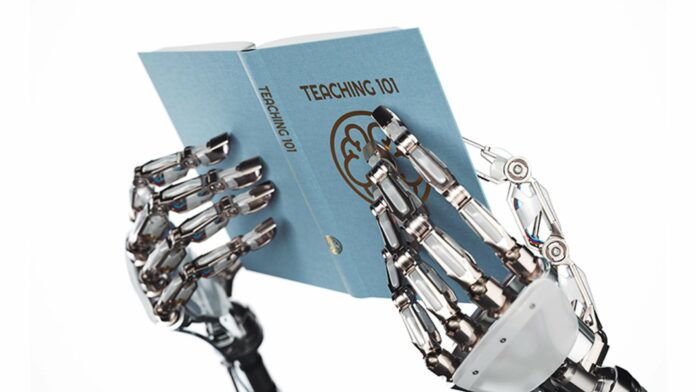None of us ever imagined that the development of digital classrooms could turn to be virtual and remote so soon. It is the reality of today’s education system. Although, the constant view of education relies on stressing new technologies such as ubiquitous computing devices, flexible classroom designs, and innovative visual displays.
When the classrooms soothe the students and the staffers, the big data and analytics elevates the future of the education system. The tech world’s asset is data. It is transforming the way that the education system works by foretelling accurate decision that upgrades organizational output and productivity. Yet, many of them believe their gut feeling and experience when it comes to foreseeing in higher education levels.
Education may have developed to modern technologies now, but for ages, it has been inefficient in data use. Higher education was delayed in adapting to the examined evident data and feedback. There was a delay in action and opportunities manifestations and opportunities for involvement due to a lack of evaluation on student dropouts every year. Things need to change and must be improved to get to the next level. Rules and guidelines were given on the education development for decades now to improve the efficiency and quality of the subject. Decision making is still not a stable position. So, including analytics ainto education will help to develop a better framework on decision making.
Storing student-relates data: A deeper analysis of student’s data will provide an overview of their performance and specifies if a person is at high-risk to dropout. Some of the higher education has commenced considering using data analysis to improve the success rate and confidence among students, better learning techniques, and understanding.
Big data to be analyzed properly: The fundamental of data has changed with the massive data inputs across the globe. Big data is a point of or a path to value generation in organizations. It is used across different governments, corporations, and higher education institutions.
Learning analytics and academic analytics: Academic analytics is contrary to learning analytics. It is the implementation of business intelligence in education. It signifies analytics at institutional, regional, and international levels.
Thinking and Acting beyond LMS: LMS synthesize the data that is structured and reflects the learner’s interaction within a system according to its adaptability. But the shortcoming of LMS is that it cannot synthesize activity by online learners outside of the system. By including the learning system, it brings a new opening and learning style to the education sector.

